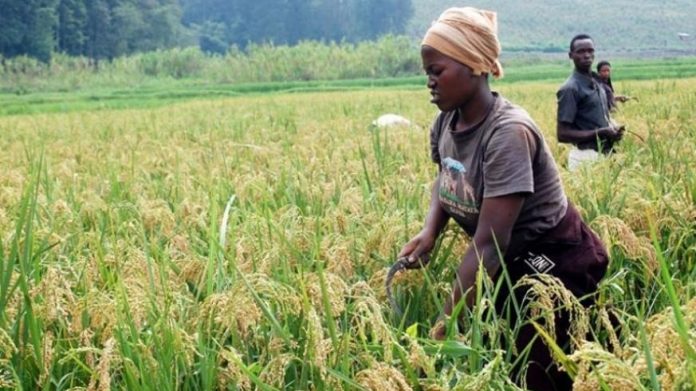By Yariv Cohen
Imagine a professional basketball player wearing sneakers only 6 percent of the time. Or an international banking chain, with only 6 percent of the branches having a safe.
Strange, right? Although these are absurd, hard-to-imagine scenarios, this is precisely the situation in a much more substantial and fundamental field: the agriculture sector in Africa, with only 6 percent of farmlands across the continent receiving permanent irrigation.
Currently relying on rainwater or manual irrigation, the sector’s productivity is considered to be the lowest in the world.
A dramatic effect
While 6 percent is the official number across the continent, a deeper look into data reveals a particularly bleak reality. While in Sub-Saharan Africa only 4 percent of agricultural land is irrigated, in the northern continent the figure is 28 percent, with over two-thirds of agricultural areas equipped with irrigation systems located in only five countries (Morocco, Egypt, Sudan, South Africa, and Madagascar.
Most African farmers rely on rainwater, often irregular and rarely sufficient, or on existing water sources (many in the form of rainwater pools) often containing polluted water, which may cause serious damage to the field and crops, and later on to those consuming the crops.
The effect of irrigation systems on the crop has been dramatic and known for many years. It is estimated that land that is irrigated regularly yields twice or more crop than land irrigated by rain and manual irrigation alone: the crops are higher, the amount increases, and the season lengthens. Thus, the absence of irrigation systems in 94 percent of agricultural lands (96 percent in Sub-Saharan Africa) is the main reason why the sector’s productivity is considered to be the lowest in the world…Read more>>




